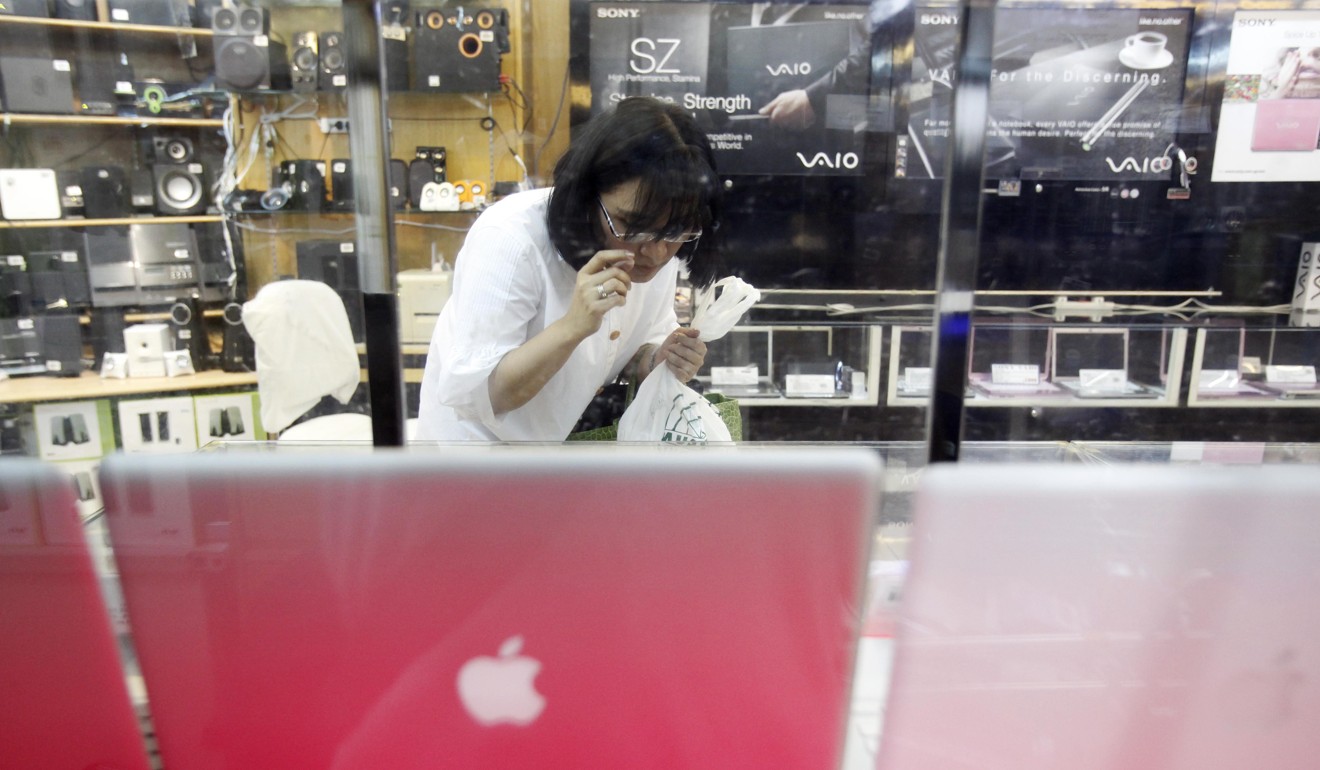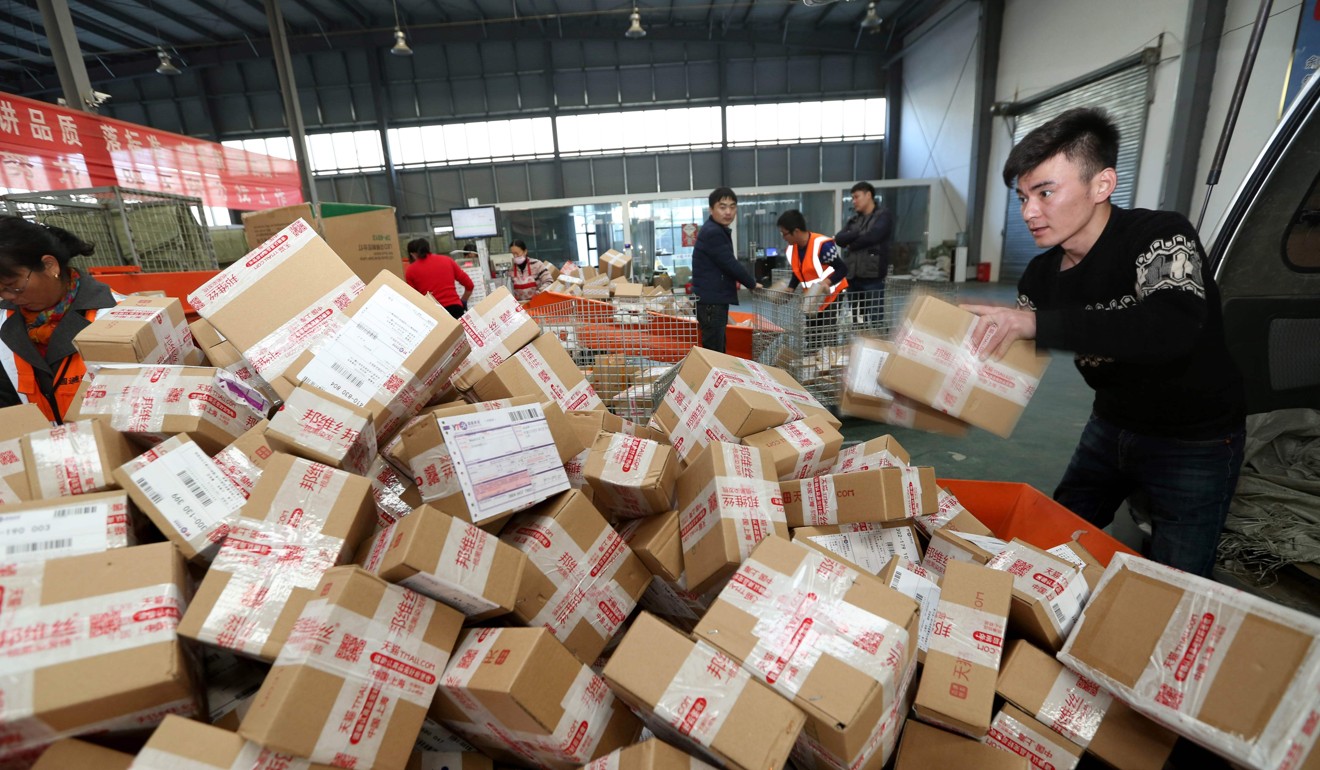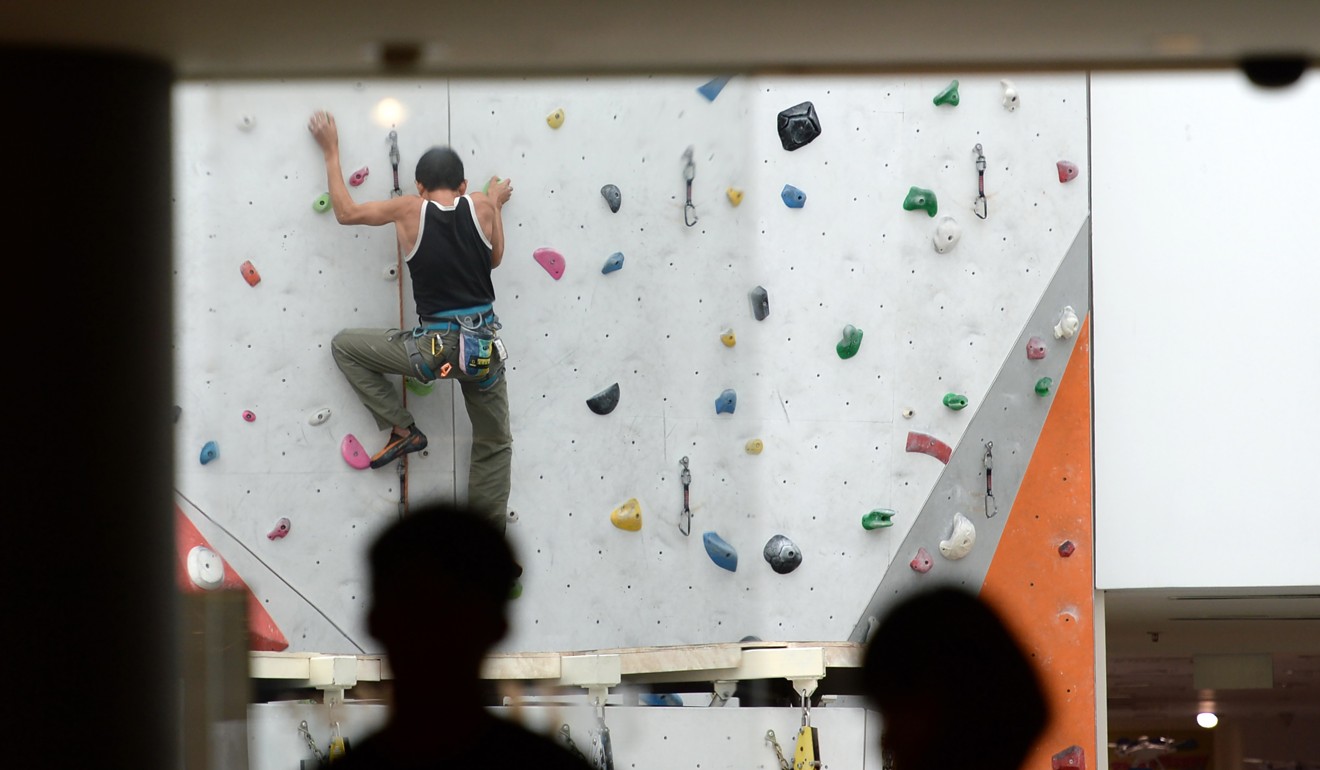
Trouble in (shopper’s) paradise: how Singapore malls rethought the retail experience
As e-commerce giants put the squeeze on brick-and-mortar shops in the Lion City’s malls, savvy operators are rethinking the world of retail by offering food, drink ... and experiences
After years buying clothes online, Singapore civil servant Olivia Chin brought internet shopping closer to home – she furnished her flat almost entirely from Taobao, China’s biggest e-commerce platform. She bought a coffee table, dining table, sofa, television console, bar stools and lights. Instead of paying S$2,000 (HK$11,460) for a dining table in Singapore, the 25-year-old found it for S$500 online. Shipping charges from China to Singapore were S$2.99.
“I also bought bar stools at S$10 each on the site, while shops here were selling them at about S$100,” she said.

More and more Singaporeans are shopping like her – with clicks of a mouse rather than heels. For a country that once called itself the Shopper’s Paradise, e-commerce is turning life for brick and mortar shops into a slowing retail hell.
Even the annual Great Singapore Sale, which targets tourists and has been running for 24 years, cannot forestall the decline. The event has recorded three consecutive years of decline in retail sales, while local media has mocked it as being “not so great any more”.
DEATH BY A DOZEN VIRTUAL CUTS
Singapore has felt the disruptive power of online shopping more severely than other Southeast Asian countries.
Some of the world’s biggest e-commerce players have targeted the country, due to its location as a gateway to the lucrative Asean market and the buying power of its affluent population.
Lazada and Taobao are replacing previous household brands like Isetan and Metro. And last month, the Goliath of online shopping Amazon landed on the island. Amazon Prime Now, which promises delivery within two hours free of charge, was so popular that the American company resorted to booking taxis and recruiting freelance drivers to fulfil deliveries.
Chinese developers leave a trail of unease in Singapore
Experts say the slow death of physical retail is inevitable, even in a tiny city where travelling 30 minutes by car is considered by many to be a long ride. Younger and more savvy shoppers buy their shirts, shoes and even shoulder ham online.
A study by Google and Temasek International valued Singapore’s e-commerce market at US$1 billion, with online shopping making up just 2.1 per cent of retail sales in 2015. This was projected to soar to US$5.4 billion by 2025.
SOME DIE, OTHERS THRIVE

The retail rental index released by Singapore’s Urban Redevelopment Authority for the first quarter of 2017 posted a 2.9 per cent decrease, making it the ninth consecutive dip per quarter since the end of 2014.
Country Garden says it’s back on track in Malaysia. Is it?
Vacancy rates also inched up to 7.7 per cent this quarter, compared to 7.5 per cent in the last quarter, the result of consumers turning to their laptops and phones to buy things instead.
That does not mean Singaporeans are avoiding malls. Given the sweltering tropical heat, seeking refuge in air-conditioned malls remains a national pastime.
“They eat, they drink but they don’t buy anything,” said Madam Woo, who works at fashion store Le Pommier in Clarke Quay Central, along the Singapore River.

Have tax havens had their time in the sun?
Of course, not all malls are suffering. Many popular malls remain as crowded as ever. This, in turn, is boosting big real estate investment trusts (Reits), said OCBC’s investment analyst Andy Wong.
Suntec Reit and Starhill Global Reit, which own malls in the prime shopping areas, saw rents grow in the first half of this year – bucking the industry trend. Part of the reason is these malls are quickly adapting to the new realities, drastically changing the retail experience in the process, said observers. Malls are filling the empty shops with concepts that sell an experience, rather than goods such as handbags or computers.
For instance, VivoCity, owned by Mapletree Commercial Trust, will have a public library by the end of next year. The mall is Singapore’s largest one, and links visitors to the popular Sentosa Island.
Forest City adds traditional Chinese medicine to grand plan
Another strategy that malls have turned to is filling space with food and beverage outlets, said CBRE’s head of research for Singapore and Southeast Asia Desmond Sim. These businesses used to take up about 20 per cent of a typical mall’s tenant mix, but the figure is now nearer double this in some malls.
“Eateries are low-hanging fruit for malls – they fill up the vacant spaces and go some way in helping to draw crowds as most activities in Singapore revolve around eating,” said Sim.
To fill space, malls are also turning to short-term rentals such as pop-up shops. This has led to an increase in such concepts in downtown malls like Suntec City and Orchard Gateway.
Multi-label lifestyle shop Naiise, which began with an online site in 2013, now has five physical stores across the island, all of which began with short-term leases of six months to a year. The company’s founder Dennis Tay, 32, said mall operators were more open to discussing short-term leases as traditional retailers shut up shop.

But not all retail businesses are giving up. Singapore’s Changi Airport is even building a new mall, called Jewel, to maintain its leading status when the shopping centre opens in 2019.
Others take on their rivals online, opening virtual storefronts to complement their physical presence. Tech retailer Challenger, which has 38 outlets, launched its e-commerce store last year.
New Econ Holdings, which oversees 13 minimarts, is exploring how microretailers can embrace digital transformation by integrating online and offline sales approaches. They want customers to buy online and pick their purchases up at the store, or have them delivered at a specific time slot. This works because many of the minimarts are located in public housing estates.

Asked if he thought the death of retail was inevitable, he demurred.
“People still enjoy coming into a store and talking to a person,” he said. “They still want that offline presence. And it remains to be seen how shoppers here will behave when online stores reach saturation point.” ■

